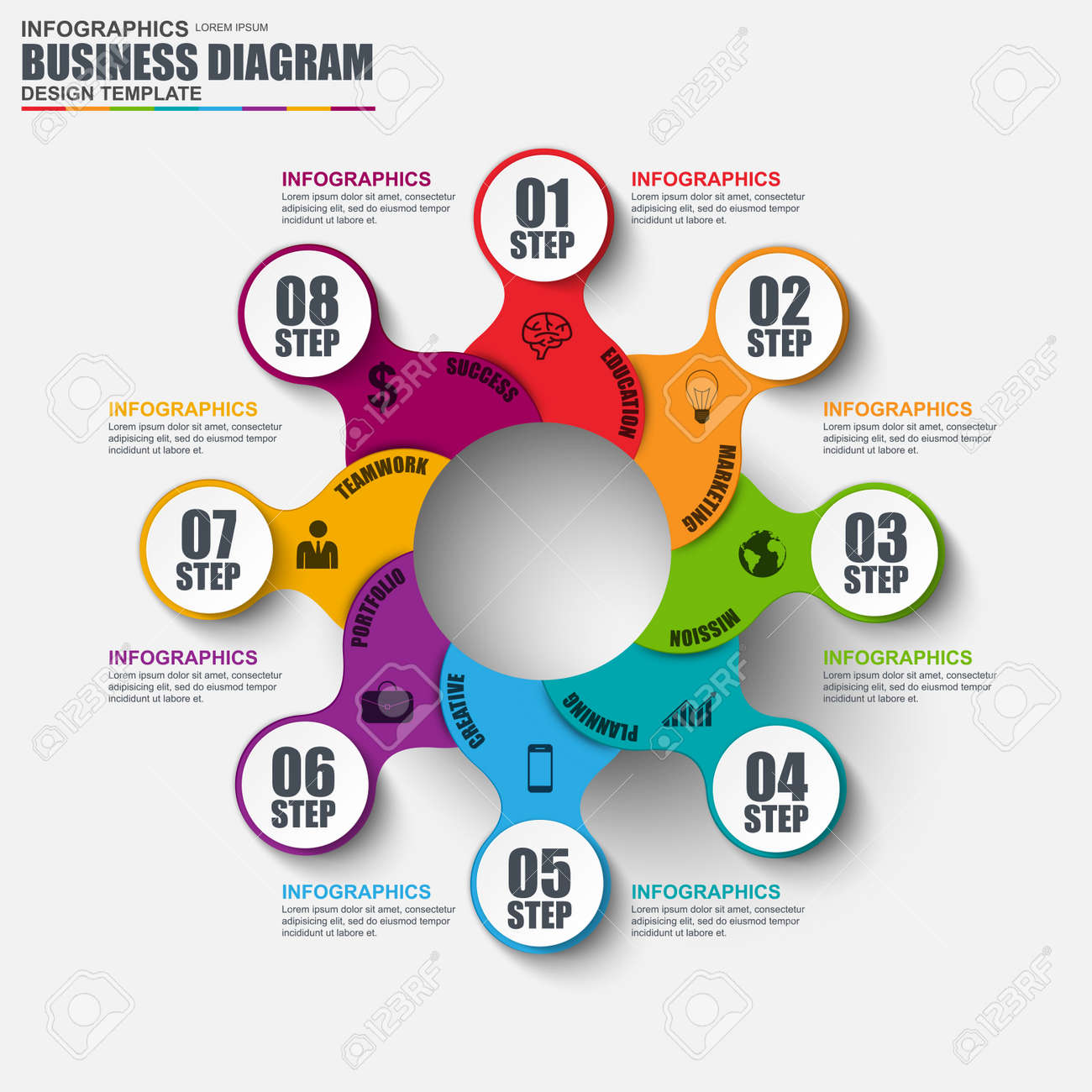Fundamental Elements Of Web Design: Standards For Creating A User-Centric Website
Fundamental Elements Of Web Design: Standards For Creating A User-Centric Website
Blog Article
Post Created By-Le Skinner
When it pertains to web site style, guaranteeing user-friendliness is key. From receptive layout to structured navigation, every element plays a vital duty in producing a site that accommodates your target market's requirements. Yet what about the finer information that can make or damage an individual's surfing experience? Keep tuned as we reveal some often-overlooked pointers that can raise your website's usability to the next degree, making it truly stand apart in the digital landscape.
Significance of Responsive Layout
Receptive design is an important element of modern internet site advancement. affordable search engine optimization services is responsive means that it can adapt to different screen sizes and devices, giving a smooth experience for users.
With the raising use mobile phones and tablet computers to access the internet, having a responsive design is important for getting to a bigger target market. It aids in improving individual experience by making your web site easy to browse and read on any gadget.
Furthermore, professional search engine optimisation can positively influence your internet search engine rankings, as search engines like Google prioritize mobile-friendly web sites. By having a responsive design, you're likewise future-proofing your web site, as new gadgets with varying screen dimensions continue to emerge.
Simplify Navigating Structure
To enhance user experience and assist in very easy accessibility to info on your web site, streamlining the navigation structure is critical. When creating your site, focus on producing a clear and intuitive navigating menu that helps site visitors locate what they're looking for quickly.
Restriction the number of menu things to the essentials, grouping relevant pages with each other to prevent overwhelming users. Use descriptive tags that clearly show the content of each web page, making it less complicated for customers to comprehend where each web link will certainly take them.
Think about carrying out dropdown menus for subcategories to prevent littering the major navigation bar. In addition, include a search bar plainly on the page for individuals who choose searching for details details.
Focus on mobile responsiveness in your navigating design to make certain very easy accessibility on all gadgets.
Enhance Web Page Lots Rate
Improving web page lots rate is important for preserving visitors on your web site. Slow-loading pages discourage customers and can lead to high bounce rates. To maximize page load speed, beginning by enhancing photos. Press photos without endangering quality to minimize their documents sizes.
Additionally, allow web browser caching to save often accessed sources locally, accelerating load times for returning visitors. Minify CSS, JavaScript, and HTML files by eliminating unnecessary personalities, remarks, and format, improving lots rate.
Think about making use of a content delivery network (CDN) to disperse your web site's material across several web servers worldwide, decreasing latency for users accessing your site from various locations. Last but not least, limit the use of third-party manuscripts and plugins, as they can significantly affect lots times.
Conclusion
Finally, by incorporating receptive design, streamlining navigating, and enhancing page load rate, you can produce an user-friendly website that appeals to a wider target market and boosts customer experience. These essential elements guarantee that site visitors can easily gain access to and browse your website throughout different devices, bring about boosted interaction and fulfillment. By concentrating on these key facets, you can build an effective web site that keeps individuals coming back for more.
